 Holy River Family Band - "Haida Deities" (Record Label :The Wild Places 1996, Wild 003)
Holy River Family Band - "Haida Deities" (Record Label :The Wild Places 1996, Wild 003)Sweden's Holy River Family was born as an offshoot of The Spacious Mind. The band consists of Jens Unosson on electric piano, organ, and synths, Mathias on flutes, pipes, tablas, and congos, and Arne on guitars, bass, violin, hurdy gurdy, as well as saz, oud, and surna.
I guess the four songs on this disc (at 15, 12, 4, and 30 minutes) could best be described as Middle Eastern psychedelia. The percussion rhythms, horns, slowly improvising guitars, and chanting all come together to make some pretty trippy music.
The first three songs are separate parts of a single work. The disc opens with "Fragrance Of Flowers And Herbs", which sets the tone for the rest of the journey with its Middle Eastern percussion beat, various sounds, and jamming guitar. The next song, "Eztetl", takes a basic drum beat which provides a background for some interesting synth sounds and a heavier, acidic guitar that becomes increasingly more furious as the song progresses. Where "Eztetl" ends, "Green Corn Dance" abruptly begins. The shortest tune on the disc, it winds down this three parter with an up-front bass line and liquidy pulsating synths.
The 30 minute "Vision Quest Of The Sanpoil" starts with what we can now consider a Holy River trademark of Middle Eastern percussion and various odd horn sounds. As in Fragrance, the guitar jams smoothly over the tablas. The band uses the song's length to introduce chanting, various acoustic instruments, electric piano, and horns, all emanating (rather than assaulting) from every direction. The tune stirred up some rather demented images of belly dancers in tie-dyed saris... quite a sight indeed!
In summary, exploration seems to be the ultimate objective of this music and in this it succeeds. When I first heard this CD I thought the theme became a bit monotonous over the course of an hour, but I kept being drawn back to it and now after several listens I enjoy it for its atmosphere of ethnic psychedelia. I'll be interested to hear what the next release brings.
For more information email The Wild Places.





.jpg)



.jpg)




 Ancient Future is a musical ensemble popular in the
Ancient Future is a musical ensemble popular in the 
 Review AMG
Review AMG























++FME710205-PG%5B1%5D.jpg)


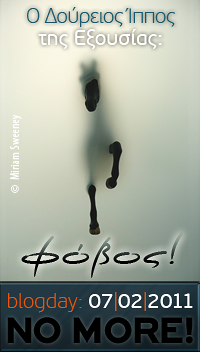

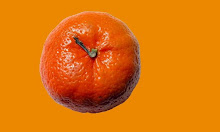
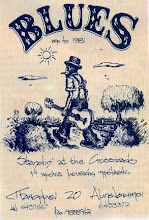
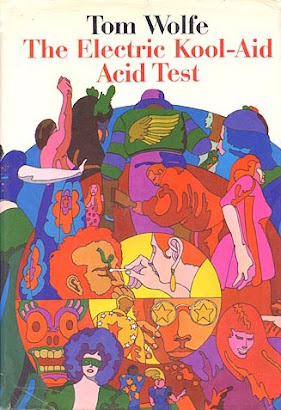
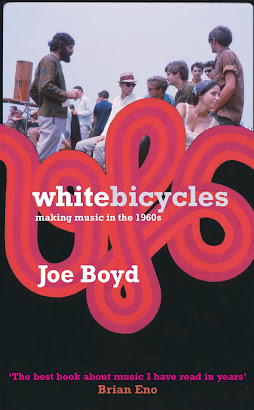
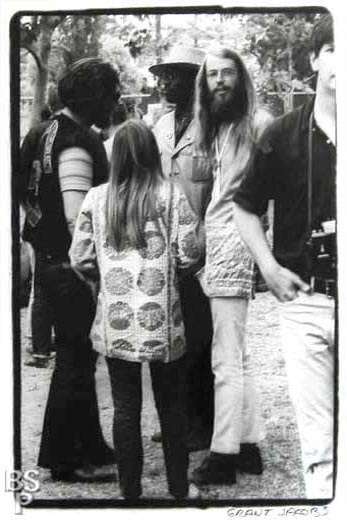
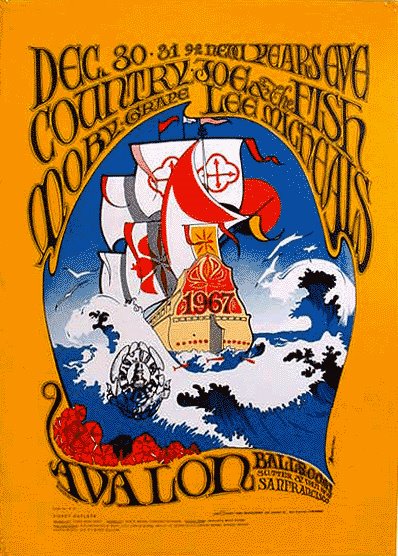
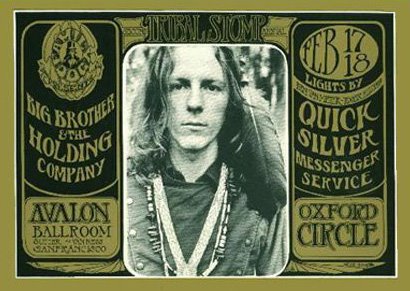
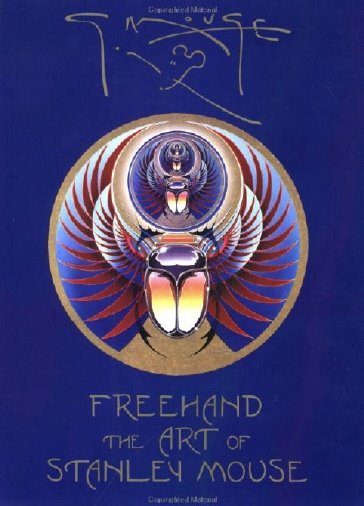.jpg)




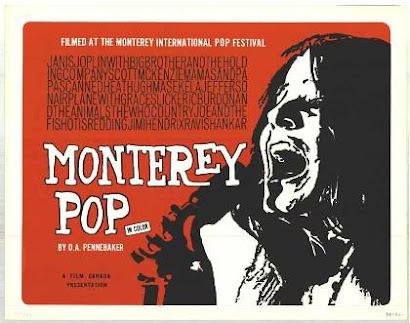
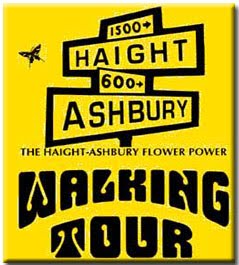
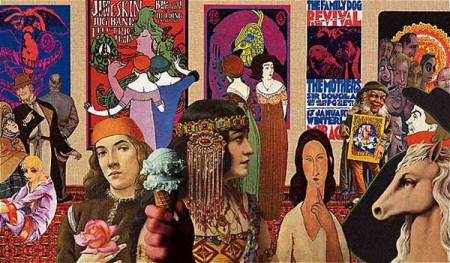.jpg)

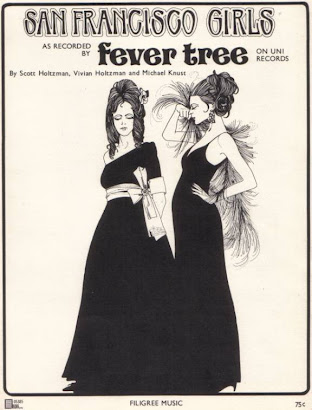
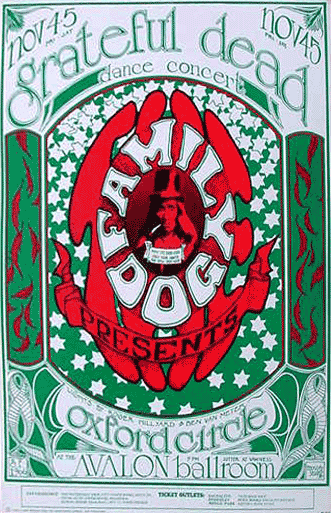
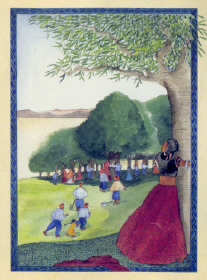
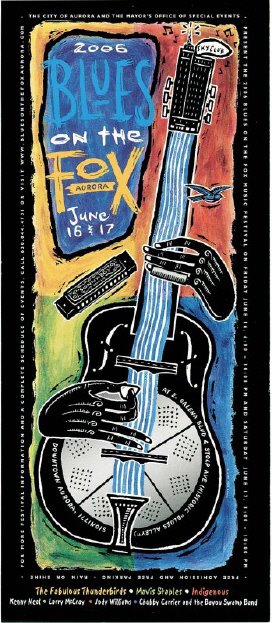
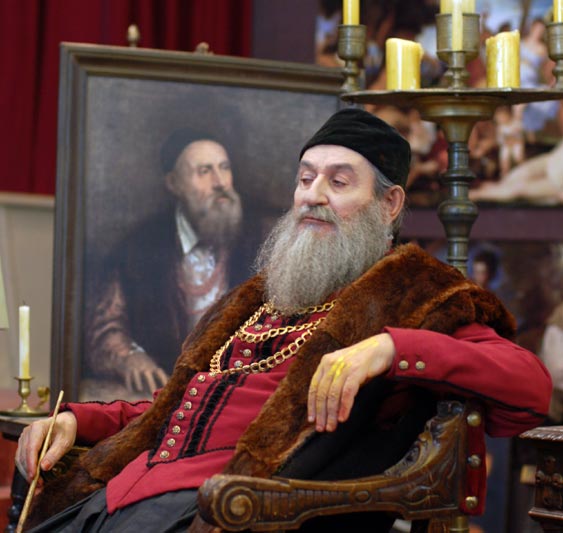
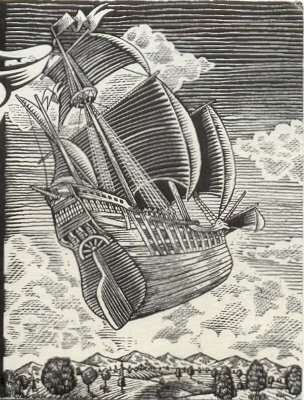
































































































.jpg)


































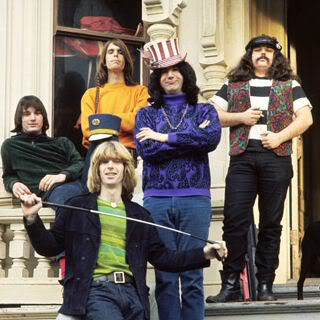





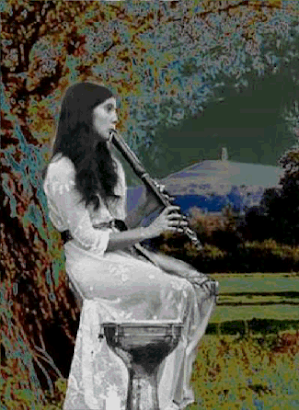









.jpg)


































.jpg)






